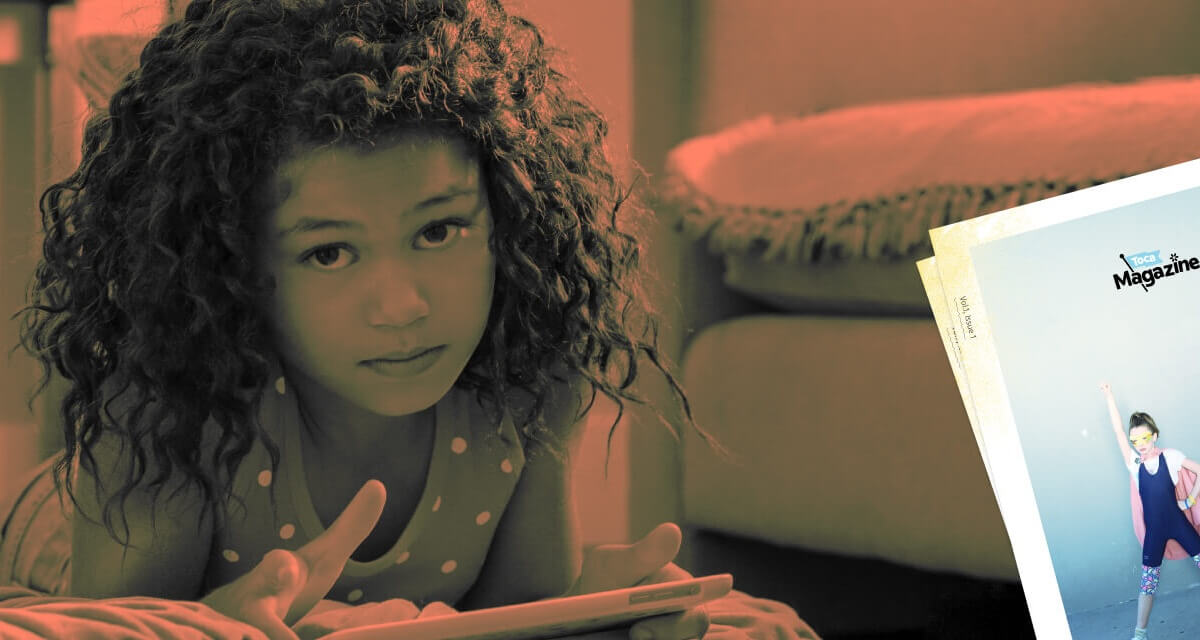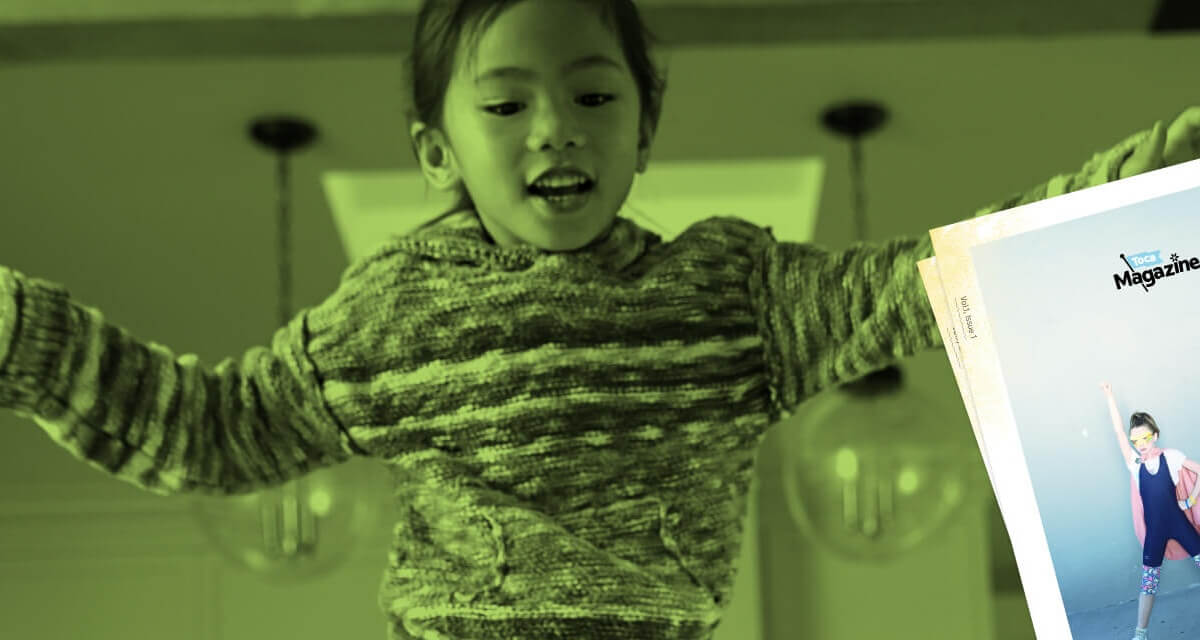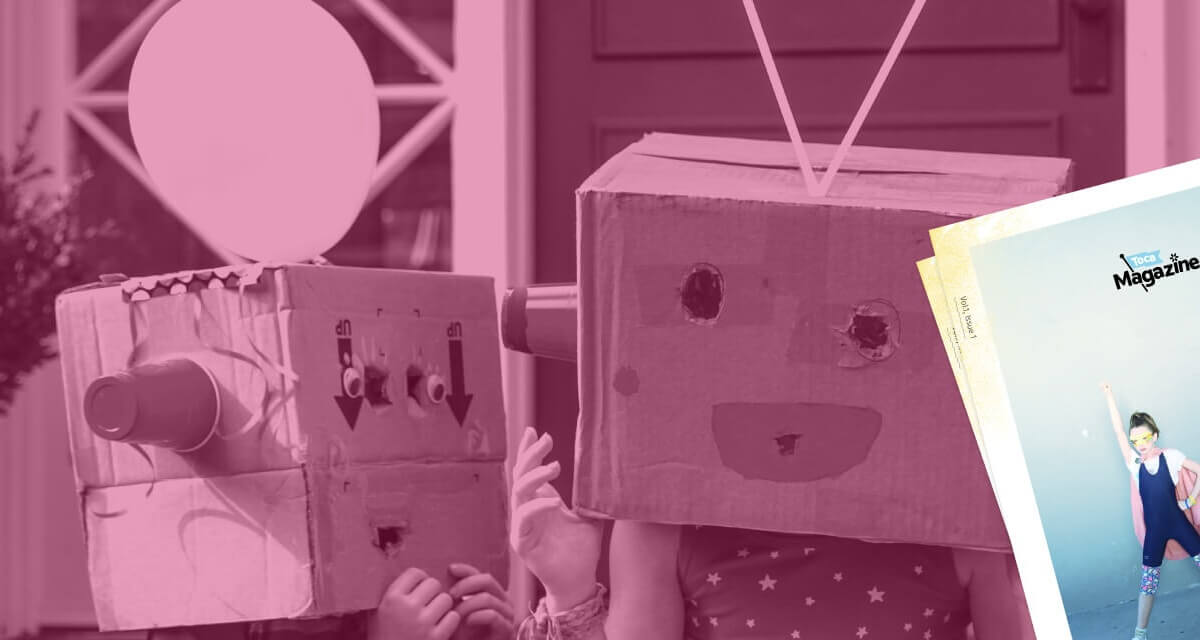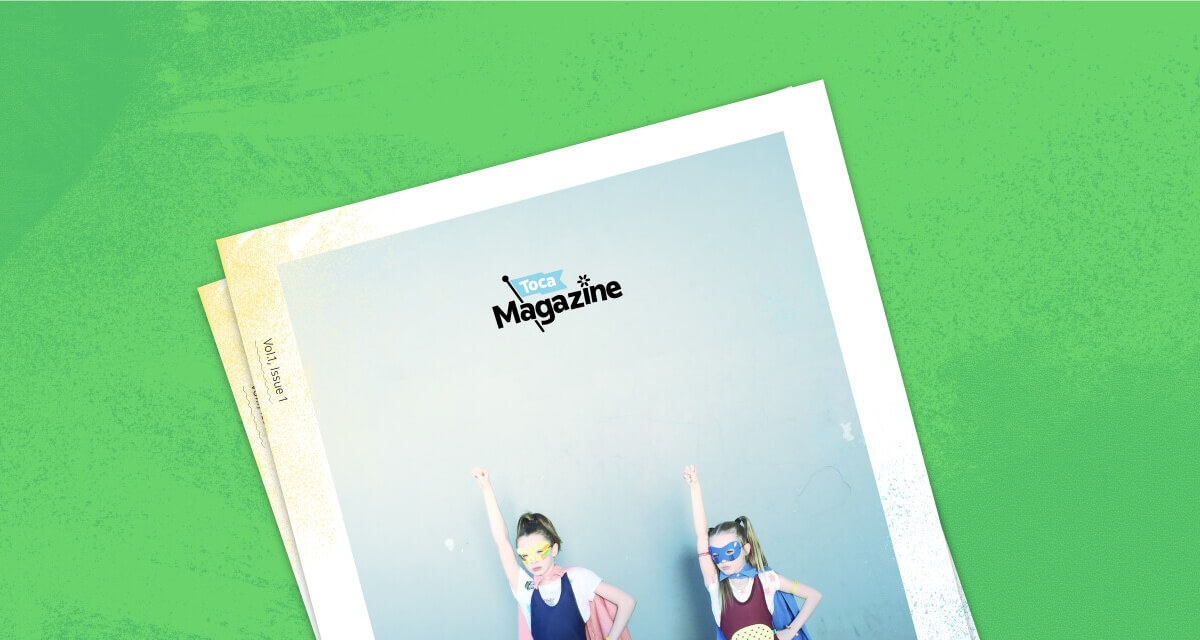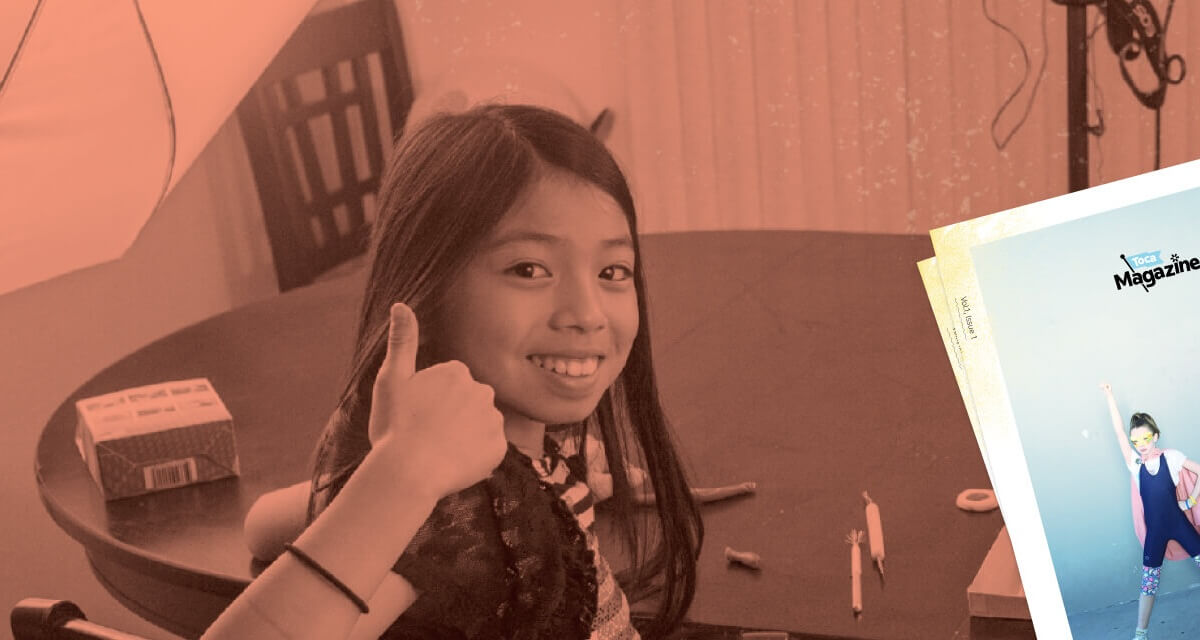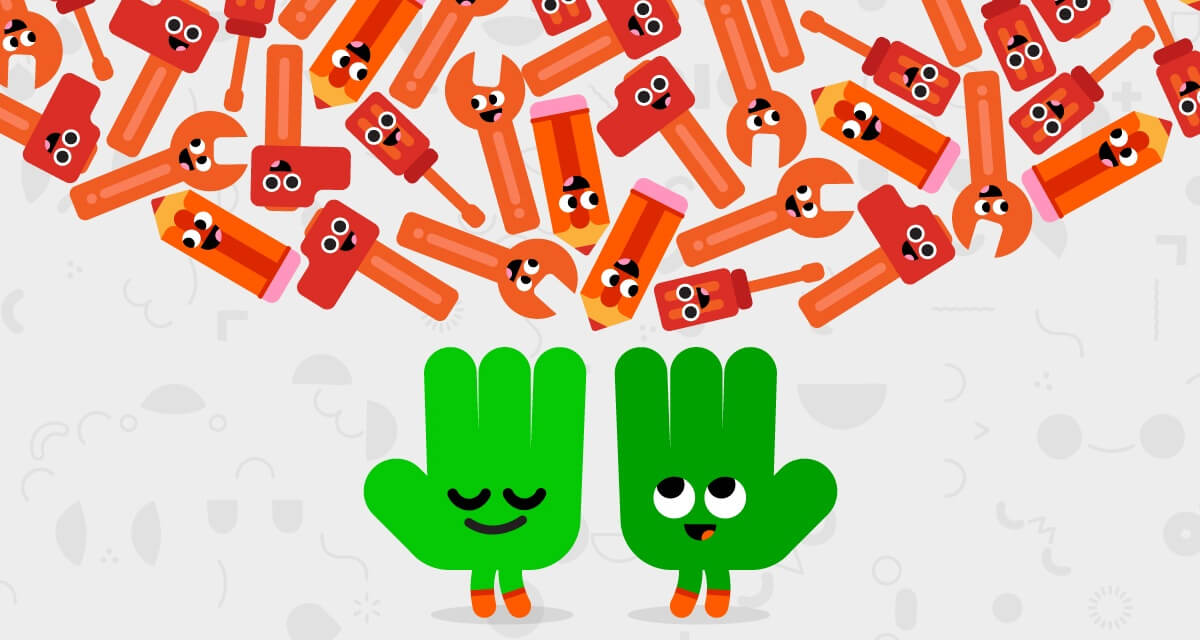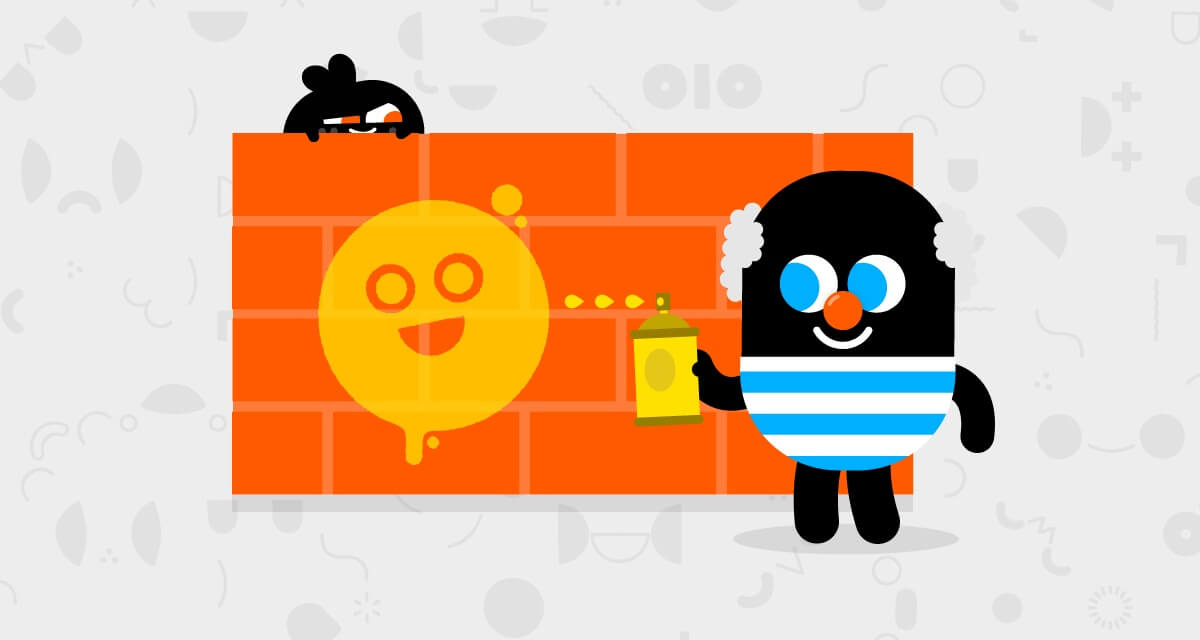"Fab Labs" typically target upper elementary, middle and high schools. Now there's a space especially for younger kids.
- By
- Parker Barry
Jan Morrison faced a challenge. As CEO of the Teaching Institute for Excellence in STEM (TIES), she created programs to bring science, technology and engineering into elementary schools. But the tech community longed for programs to expose even younger kids to coding and other STEM activities, she said. At the same time, the maker community worried that early exposure to screens would come at the expense of more hands-on experiences. “The digital world wanted kids coding in front of screens,” Morrison said. “The maker world didn’t want them on screens, but wanted them tinkering. How can both happen?”
 She found the answer — in the form of a question — in the “dream team” of thinkers she assembled: “What if we created an early childhood Fab Lab that allowed for tinkering and making and coding?” So that team — with minds from FableVision, Virginia Tech, the Fab Foundation and the National Science Foundation — got to work.
She found the answer — in the form of a question — in the “dream team” of thinkers she assembled: “What if we created an early childhood Fab Lab that allowed for tinkering and making and coding?” So that team — with minds from FableVision, Virginia Tech, the Fab Foundation and the National Science Foundation — got to work.
Now, the Bay Area Discovery Museum is set to show kids and their parents how kids can use technology to be creators and not just consumers. Its new Fab Lab empowers kids to use technology beyond the touchscreen in their new high-tech maker space — the first of its kind designed for young kids, ages 3 to 10. According to the Bay Area Discovery Museum, Fab Labs (fabrication laboratories) are high-tech maker spaces — with machines like 3-D printers and laser cutters — that build STEM skills through hands-on learning.
Hands-on experience with high-tech tools
The Bay Area Discovery Museum is the logical location for such an endeavor. It houses the Center for Childhood Creativity, a research and advisory division, and has a 25-year history as an innovator in children’s learning rooted in the constructivist theories of Lev Vygotsky and Jean Piaget: the belief that children can direct their own learning and that adults and teachers are merely guides in the process.
Kids today are digital natives — as consumers. They learn how to use screens by observing those around them, but they need to get hands-on with the behind-the-screen technology to understand how it works and how to make it themselves. Eighty-five percent of kids’ neural pathways are built by the time they are 5, according to Elizabeth Rood, vice president of education strategy at the Bay Area Discovery Museum and director of research at the Center for Childhood Creativity. “We have to lead the conversation about how technology can be used to help kids learn,” Rood said.
We have to elevate creativity as a fundamental skill for every kid, whether they become engineers or artists, doctors or inventors.
The Fab Lab is designed specifically for the preschool mindset. Preschoolers want to know “why?” They want to play. This hands-on experience lets them figure out the why and how while they play. Kids and parents have access to 3-D printers, laser cutters, CNC machines and design software on tablets. They can explore these tools, experiment with them and figure out how they work.
“We have to elevate creativity as a fundamental skill for every kid, whether they become engineers or artists, doctors or inventors,” Rood said.
Parents and kids explore together
Unlike other areas of the museum, where kids tend to play on their own, the Fab Lab engages both parents and kids to explore together. “The best learning happens when kids are engaged with other people. We know that kids learn best not when they are alone but when they are with other children or their parents,” Rood said.
The museum has its manifesto posted throughout the facility to remind parents to let kids explore and to encourage the discovery process of learning. In the Fab Lab, that’s even more important. “Parents enter this space as learners, too,” Rood said. They aren’t usually familiar with the tools themselves, so they have to figure out how to use them alongside their kids. The Fab Lab offers kids and parents experiential learning. “We’re asking kids to identify a problem, make a plan, refine that plan,” Rood said. “It requires a tolerance for risk. It requires good questions and problem solving.” The process, not the product, is what’s important, and the manifesto reminds parents of that.
“Parents need to grow in their capacity to let kids struggle and grow and not interfere or rush them,” Rood advised. “Try something, fix what didn’t work and try again. Don’t just step in and do it for the kid. Don’t have them erase and start over. See what happens.”
EARLY CHILDHOOD FAB LAB MANIFESTO
WE BELIEVE in children’s creative power as designers who imagine, test and refine solutions to improve the world.
WE BELIEVE that the best learning is shared — between children, with adults and with the world.
WE BELIEVE that hands-on experiences build lifelong curiosity, persistence and deep understanding.
WE BELIEVE that all children deserve quality science, technology, engineering and math experiences that empower them as thinkers and problem-solvers.
Visit Fab Foundation to find a Fab Lab near you.
